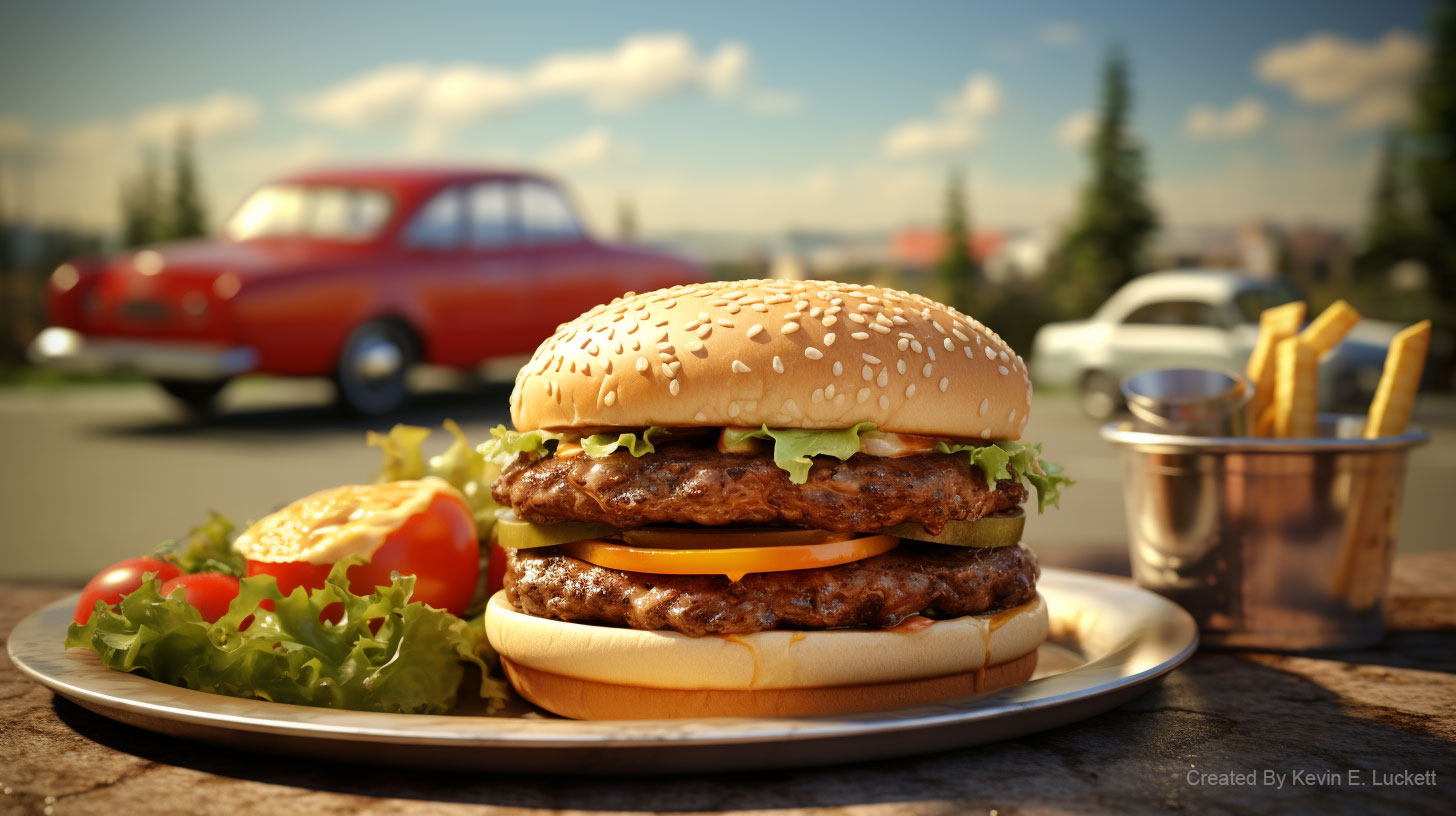The Evolution of Fast Food Prices: A Comprehensive Historical Dive
In the bustling world of fast food, price and calorie count have always been at the forefront of consumer choices. The history of fast food prices is not just a tale of dollars and cents but also a reflection of societal changes, economic shifts, and evolving dietary preferences. Let’s embark on a journey through time to understand the intricate relationship between the price and calorie content of our favorite fast food items.
1950s: The Birth of Fast Food Culture
- Price: The 1950s saw the birth of iconic fast food chains. A burger would cost you just $0.15, and a complete meal was under $0.50.
- Calories: With simpler recipes and smaller portion sizes, a typical burger contained around 250 calories.
1970s: The Era of Expansion
- Price: Inflation took its toll, and by the 1970s, the price of a burger had risen to around $0.30-$0.50.
- Calories: As menus expanded, so did calorie counts. The introduction of larger sizes and additional toppings pushed the average burger to about 350 calories.
1990s: The Supersize Phenomenon
- Price: The 90s saw a surge in competition, leading to value menus. A burger’s price hovered around $1, but combo meals became popular, often priced at $3-$5.
- Calories: The “supersize” trend began, with portions growing significantly. A standard burger now packed 400-500 calories, with supersized meals reaching up to 1500 calories.
2010s: The Health Conscious Shift
- Price: With the rise of gourmet fast food and organic ingredients, prices saw an uptick. A premium burger could cost $5-$8.
- Calories: Despite the higher prices, there was a shift towards healthier options. Chains introduced salads, wraps, and grilled items, bringing down the average calorie count of a meal, though indulgent options still existed.
2020s: The Digital Revolution and Sustainability
- Price: The integration of technology and the emphasis on sustainable sourcing led to varied pricing. While deals could be found on apps, premium sustainable options might set you back $10 or more.
- Calories: With transparency in nutrition and customizable menus, consumers could choose between low-calorie options and indulgent treats, ranging from 200 to 800 calories for a main item.
My final word, the history of fast food prices is a mirror to the changing tastes, economic landscapes, and societal values of the times. From humble beginnings in the 1950s to the diverse and tech-driven landscape of the 2020s, the fast food industry has continually evolved, with price and calorie content playing pivotal roles in its transformation.


